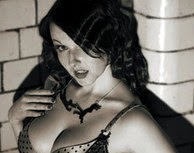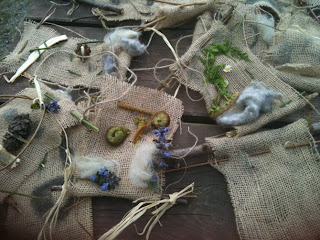.jpg) I swear to God I used to be a writer. A week of spreadsheets and I am sure that the actual performance of these plays will be a revelation again, the eternal rebirth of meaning in a world that appears to have been chained by borders and dissected into tiny boxes.
I swear to God I used to be a writer. A week of spreadsheets and I am sure that the actual performance of these plays will be a revelation again, the eternal rebirth of meaning in a world that appears to have been chained by borders and dissected into tiny boxes.Remembering... it took me half an hour to walk from the bus stop to the Yelowcraig site. The bus dropped me off by Dirleton Castle - I didn't think to look and see whether it was a real castle. Turns out it was the real deal, a medieval outpost. Another regret but the heat drove me towards the Giants. My failure to hitch a ride past the fields of wheat (bending softly in the wind, pure and white and spreading to the distance) inspired another monologue about man's inhumanity to Vile.
It wasn't as far as I had feared, and it felt like I had arrived at the seaside. There was a fresh wind blowing from the water, the shouts of children in the play park - one of those new-fangled adventure things that I had seen at Bowhill - and the charming Dave Wild, my contact.
Dave Wild just doesn't have the best name for a man dedicated to the preservation of a natural resource - he has the job I now envy. A geography student turned ranger, he gets to patrol Yellowcraig. He has an obvious love for the location - he smirked when I called the coast 'the golf Rivera,' and guided me through the forest to the three Giants.
The Yellowcraig's Giants were surrounded by evidence of local activity. A tree painted white, a forest of heads (tiny, and placed on sticks like staves outside a besieged city, warnings against trespass. We took the path up a small hill, and I tried to film the horizon. Of course, nothing can capture the immensity and scope of the sea, especially when it has cool islands just off-shore.
Dave pointed out the features of the coast - we could see over into North Berwick. He explained that the heads had become a locus for local schools, and all sorts of workshops were going on. He was especially proud of the huge dragonflies scattered around the site.
I was getting envious of Dave. First of all, he got to be called a ranger. That sounds cool, a mythical character striding through the environment, healing and caring for trees.
This was why I wrote - to capture these moments, these memories... to recall, in the middle of the city, the silent calm (filled with birdsong) that allowed me to sit and think and cherish the air across my thinning hair...
















.jpeg)

.jpeg)


